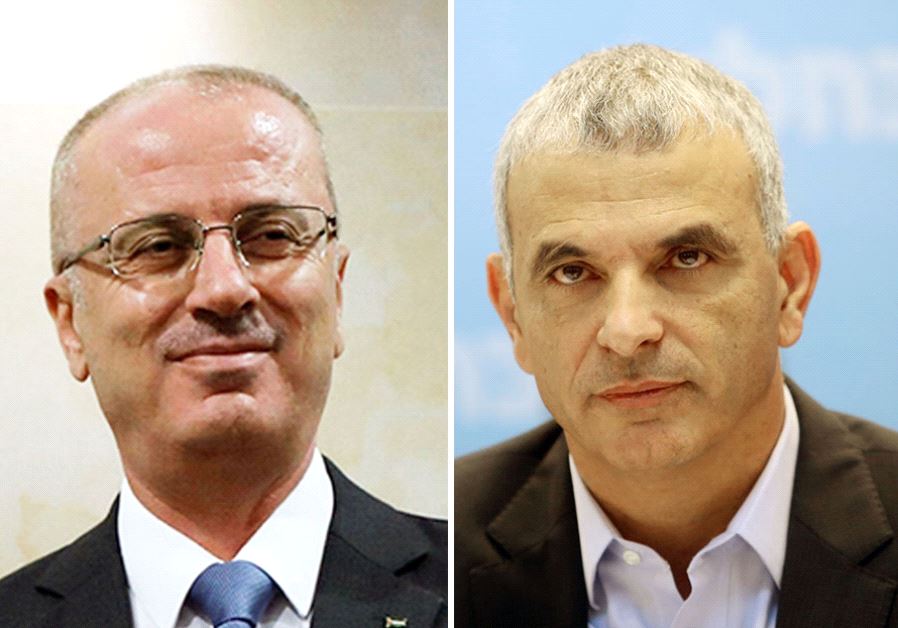Israeli minister holds rare meet with PA prime minister in West Bank
The meeting between the Israeli finance minister and Palestinian officials comes amid efforts by the US to jump-start the diplomatic process.
 (photo credit: MARC ISRAEL SELLEM,REUTERS)Updated:
(photo credit: MARC ISRAEL SELLEM,REUTERS)Updated: